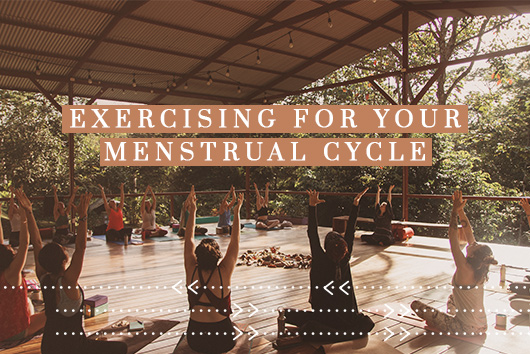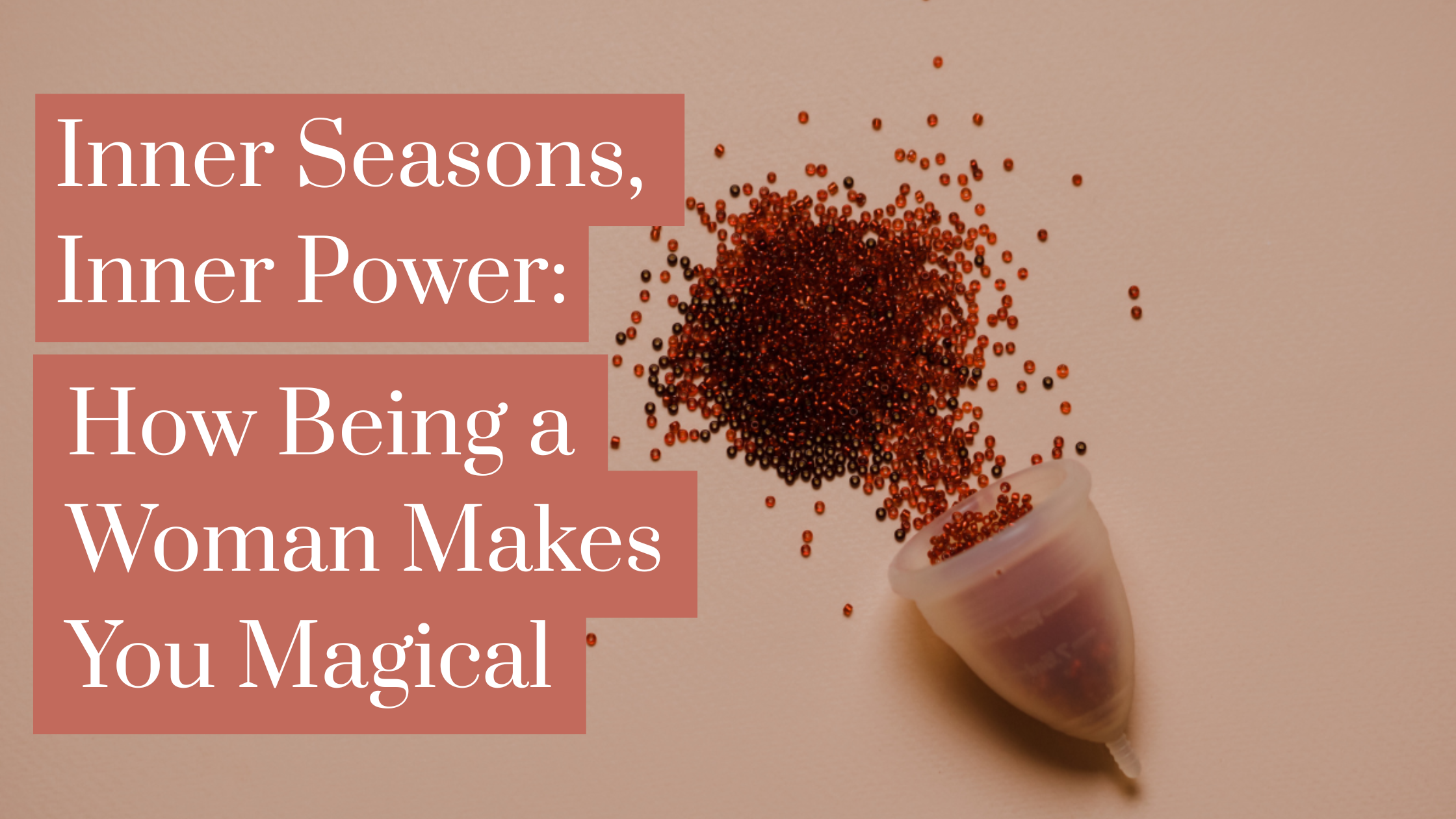Women’s Bodies, Men’s Rules: 5 Shocking Truths About the Female Anatomy

Usha Anandi. 29| JULY| 2024
Have you ever felt weird about going to your gyno?
Like your doctor doesn’t get you, and doesn’t WANT to get you?
Or maybe like you’re being meddled with, prescribed medicines that clearly do more harm than good, and disregarded.
I know that’s how I felt when I was prescribed the pill at 15.
And you know what? There’s a really good reason you’re feeling that way. It’s because the history of the Western allopathic healthcare system is weird and terrifying.
Men have meddled in matters of the female body for as long as we can remember…
And I’m sick of it.
Even the innermost parts of our bodies have been ‘claimed’ by men centuries ago.
The fallopian tubes, the g-spot, and the kegel muscles are only a few female body parts named after men. (Shields and Kazeem)
Sadly, that’s just the beginning of the horrors women have faced at the hands of men in science throughout history. If you need more proof, keep reading.
Craving a deeper connection with your body? Want to rid yourself of that out-of-place sensation? I want you to join me for a 6-week immersion committed to teaching you the forgotten whispers of your womb. Join Womb Sciences and get 6 weeks packed with applicable knowledge rooted in ancient Ayurvedic practices.
5 Shocking Truths About the Western Approach to Women’s Health You Didn’t Know, but Absolutely Need To.
1. Modern Gynecology Comes from Experiments Performed on Black Enslaved Women
If you’ve ever felt uncomfortable at your gyno, the reason might run deeper than you think. Modern-day gynecology in the US was ‘fathered’ by J. Marion Sims, a racist health practitioner who tested his experimental treatments on black enslaved women without their consent, and without any kind of anesthesia.
You read that right. Sims resorted to outright torture to meet his goals, and caused unthinkable suffering in the process. His inventions are still used to this day, and his legacy has yet to be snuffed out. (“Rethinking the Legacy of Marion Sims”)
2. Female Hysteria was Considered an Actual Mental Disorder Until 1980
Put a hand up if you’ve ever been called crazy when standing up for yourself, or raising your voice.
We’ve been called crazy and discredited far into history, and have been paying the price ever since. Female Hysteria was considered an actual illness until 1980, when it was finally removed from the Diagnostic and Statistical Manual of Mental Disorders (DSM). In the 1700s, hysteria was categorized as an air-born disease transmitted via pollution that almost strictly affected women. This opened the door for male doctors to take charge and offer unethical treatments for the so-called disease, most notably by manually stimulating their genitalia.
Women were categorized as crazed and irrational, leaving them with few options besides enduring sexual assault at the hands of medical professionals throughout this time. (Cohut and Legg)
While Female Hysteria has long been disproven, its remnants still linger. One way we still experience this is through modern psychiatric care. To this day, women are still more likely to be diagnosed with mental disorders than men. (Ahsan)
Western healthcare has never been for women, by women. And with a rise in hormonal imbalances, it’s become so clear: we need a new approach to womb health.
One that empowers you to reclaim your anatomy, and connect with your body on your own terms.
I aim to do exactly that through my signature 6-Week Immersion course, Womb Sciences.
Stop relying on a broken system. Join me on an exploration of ancestry, anatomy, menstruation, and more, and unlock the wisdom hidden deep within your body.
3. Doctors Harvested Cancerous Cells from Henrietta Lacks Without Her Consent, and Still Use Them Today
In 1951, Henrietta Lacks, a black cervical cancer patient at Johns Hopkins Hospital, had samples of the cancer cells in her cervix harvested and shared without her consent. She would later pass away due to the disease.
Doctors soon discovered that her cells were the first cell line that could infinitely grow and divide within a lab, making them ‘immortal’. This meant they were a game-changer in the medical community, being bought and sold for millions of dollars. They did play a huge part in ground-breaking discoveries in polio, cancer, virology, and more, including the discovery of the connection between HPV and cancer. Henrietta’s family was only ever compensated for her remarkable contribution 70 years later, in 2023, after winning a major lawsuit. Her cells are still regularly bought, sold, and used for research to this day. (Lang)
4. Puerto Rican Women were Used as Experiments for Birth Control
We’re already aware of the potential side effects that the pill can cause, but have you ever wondered where it all started?
The first-ever large-scale human experiment of modern contraception pills took place in Puerto Rico, and many of the women who took part weren’t even aware they were part of an experiment at all. Others officially accepted to partake in the experiment but were intentionally left in the dark about the risks. As a result, many women were left with serious health issues, infertility, and even dead.
The worst part? After the trials and despite their sacrifices, Puerto Rican women were barred from the safer version of the pill after its release in the United States for many more years. (Pendergrass and Raji)
5. Women Weren’t Included in Medical Trials Until 1993
It feels like the only time women were ever involved in clinical trials was when it went against their will. Until 1993, women were almost never included in clinical trials.
For most of history, women’s bodies were thought of as atypical and not given the time of day in medicine. Living under the belief that women are just smaller men and men are just hairy women has disrupted the way that we treat diseases in women, leaving us grossly underrepresented. Because of this, women are STILL more likely to die from unwanted side effects or other medically-induced medications. (Balch)
If you don’t feel like you can rely on your doctors, it’s time to become your own expert. Join me for my Womb Sciences immersion and take your womb health into your own hands. I’ll teach you everything I’ve learned in 10+ years of holistic learning to reclaim your body. Let’s pay respect to the women who never got this opportunity. Sign up for Womb Sciences today.
WORKS CITED
- Ahsan, Sanah. “Are women really more mentally ill than men? As a psychologist, I’m not so sure | Sanah Ahsan.” The Guardian, 8 March 2023, https://www.theguardian.com/commentisfree/2023/mar/08/women-mentally-ill-men-mental-problems. Accessed 18 July 2024.
- Alonso, Paolo. “Autonomy Revoked: The Forced Sterilization of Women of Color in 20th Century America.” Texas Woman’s University, https://twu.edu/media/documents/history-government/Autonomy-Revoked–The-Forced-Sterilization-of-Women-of-Color-in-20th-Century-America.pdf. Accessed 18 July 2024.
- Balch, Bridget. “Why we know so little about women’s health.” AAMC, 26 March 2024, https://www.aamc.org/news/why-we-know-so-little-about-women-s-health. Accessed 18 July 2024.
- Cohut, Maria, and Timothy J. Legg. “Female hysteria: The history of a controversial ‘condition.’” MedicalNewsToday, 13 October 2020, https://www.medicalnewstoday.com/articles/the-controversy-of-female-hysteria#Female-hysteria-in-the-18th-century. Accessed 18 July 2024.
- Lang, Katharine. “The story of Henrietta Lacks and the uniqueness of HeLa cells.” MedicalNewsToday, https://www.medicalnewstoday.com/articles/the-stolen-cells-of-henrietta-lacks-and-their-ongoing-contribution-to-science. Accessed 18 July 2024.
- Pendergrass, Drew C., and Michelle Y. Raji. “The Bitter Pill: Harvard and the Dark History of Birth Control | Magazine.” The Harvard Crimson, 28 September 2017, https://www.thecrimson.com/article/2017/9/28/the-bitter-pill/. Accessed 18 July 2024.
- “Rethinking the Legacy of Marion Sims.” Equal Justice Initiative, 1 September 2023, https://eji.org/news/rethinking-the-legacy-of-marion-sims/. Accessed 18 July 2024.
- Shields, Kristine, and Kehinde Kazeem. “10 Female-Specific Body Parts Named After Men (plus a bonus 5 more!).” Kristine Shields, Author, 21 January 2023, https://kristineshieldsauthor.com/2023/01/21/10-female-specific-body-parts-named-after-men-plus-a-bonus-5/. Accessed 18 July 2024.




